 I pride myself on, not only having been trained in all of the models of therapy I practice, but also in having been in them as a patient. When I got my comparative religion degree we often talked about the “ah” one experiences while studying how a religion works. In certain cases this was followed by an “ahah” when somewhere along the investigation and research of religion a student feels moved by the numinous quality of what they study. The “ahah” is important in psychotherapy because it is what allows the provider to understand what it feels like to be in therapy as a patients. I have written about the tendency of therapists to try and give others the medicine they need if they will not do their own work. In short where therapists wound patients is where they have refused to heal themselves. We all are wounded healers as therapists and our wounds are often invisible to us unless we learn to submit ourselves to the same analytical gaze we direct at patients.
I pride myself on, not only having been trained in all of the models of therapy I practice, but also in having been in them as a patient. When I got my comparative religion degree we often talked about the “ah” one experiences while studying how a religion works. In certain cases this was followed by an “ahah” when somewhere along the investigation and research of religion a student feels moved by the numinous quality of what they study. The “ahah” is important in psychotherapy because it is what allows the provider to understand what it feels like to be in therapy as a patients. I have written about the tendency of therapists to try and give others the medicine they need if they will not do their own work. In short where therapists wound patients is where they have refused to heal themselves. We all are wounded healers as therapists and our wounds are often invisible to us unless we learn to submit ourselves to the same analytical gaze we direct at patients.
Despite this point of pride I still had not gotten around to receiving neurostimulation from Peak Neuroscience @ Taproot Therapy Collective. I got a brain map a couple months ago from Peak Neuroscience and you can watch a video of that here. Yet I have not had time to start the neurositimulation yet, Neurostimulation and neuromodulation can open new neural pathways in the brain and reduce symptoms without medication. I knew the research on the technology was proving this kind of neuromodulation to be safer and more effective than other models, but I had never done it myself. I had spent hours setting up rooms and controlling for electornic interference and restoring furniture . I could not wait to see what the technology could do not from the research side but from the other side of the couch.
I went into the room and Diana Pizzaro met me to apply the neurostimulation cap. Unlike the QEEG brainmaping cap, conductive gel did not have to cover my whole head. For neurostimulation I only needed two dots of a wax on the forehead and back of the neck. The neurostimulation cap just feels like a swim cap with Velcro on it. For the hour you receive neurostim you can do anything. I filled out a form for a missing package at the UPS post office in Vestavia from my laptop. After that I read Dr. Steven Vazquez’s book on Emotional Transformation Therapy. You can do some work on our chrome base by logging into your gmail account on it. You could even see an offsite therapist for teletherapy if you wanted.
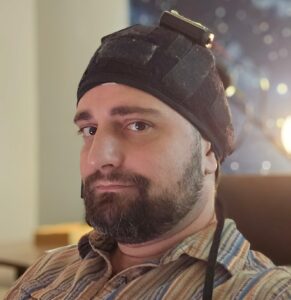 All neurostimulation plans are completely individualized so mine was different than yours will be. What my brain needed was 20 min of beta random noise, 20 minutes of beta neuromodulation, and 20 minutes of deep stimulation of the parasympathetic. The beta stimulation made me feel slightly calm immediately but was not noticeable or distracting. The 20 minutes of neuromodulation affected my perception of light slightly and it looked like the light was flickering in the room. This was similar to when an LED bulb is failing or when you record an led with a phone. It was interesting but not distracting. For the parasympathetic stimulation I immediately felt anxious and slightly nauseous. After it was over I felt light headed and tired. Instead of being unpleasant I liked this and it made me curious about how the technology works. I am a big fan of brainspotting for processing trauma. Brainspotting has a similar effect where the patient sometimes feels nauseous and anxious afterwards and this gives way to clarity and resolution of trauma.
All neurostimulation plans are completely individualized so mine was different than yours will be. What my brain needed was 20 min of beta random noise, 20 minutes of beta neuromodulation, and 20 minutes of deep stimulation of the parasympathetic. The beta stimulation made me feel slightly calm immediately but was not noticeable or distracting. The 20 minutes of neuromodulation affected my perception of light slightly and it looked like the light was flickering in the room. This was similar to when an LED bulb is failing or when you record an led with a phone. It was interesting but not distracting. For the parasympathetic stimulation I immediately felt anxious and slightly nauseous. After it was over I felt light headed and tired. Instead of being unpleasant I liked this and it made me curious about how the technology works. I am a big fan of brainspotting for processing trauma. Brainspotting has a similar effect where the patient sometimes feels nauseous and anxious afterwards and this gives way to clarity and resolution of trauma.
Diana told me that the parasympathetic stimulation makes most people feel calm and that it was odd that I felt anxious. I often have a paradoxical reaction to sedating medication. I carry so much anxiety that when I start to become chemically relaxed my body turns up the anxiety to compensate. This made a lot more sense to me because when my anxiety started to fade about 15 minutes after the session I was exhausted! I had to lay down and take a nap on the therapy couch. I’m not able to nap regularly so this is rare for me. I was incredible wiped out and slept deeply for about 30 min but woke up feeling great.
After two sessions of neurostimulation. I didnt notice anything dramatic but I didn’t ever really feel anxious overwhelmed or bad. I felt at peak performance like I had been exercising, drinking green tea and getting enough sleep that week. I assure you that I absolutely had not though. I was able to focus and get things done and concentrate on work. I can usually only do that in short bursts, but it was no problem to write for a few hours. This article is part of the result. I had 2 personal and 1 professional crisis happen in the last week and I dealt with them without feeling overwhelmed or letting them bleed into the rest of my routine. I also slept really well every night. Even when my daughter woke me up in the night I went back to sleep without issue. That also is rare.
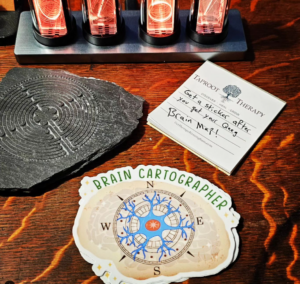
Cool Sticker!
So there you go. I wasn’t treating ASD, PTSD, Asperger’s, OCD or any of the other things that you can treat with brain mapping, so my brain map and stim plan will probably look nothing like yours. I plan on completing my sessions with Peak Neuroscience and giving you an update. I want to try all of the treatments that we provide or refer patients too wherever possible. One day I hope to also try Dr. Irons at Southern Ketamine and Wellness to . Ketamine is a little more expensive and I am a social worker married to a teacher so that one might be a little while though.
If you are interested in neurostimulation and neuromodulation please give us a call. You can get a state of the art treatment keeping you at peak performance or treating trauma anxiety and depression. You also get a cool “Brain Cartographer” sticker!
Did you enjoy this article? Checkout the podcast here: https://gettherapybirmingham.podbean.com/







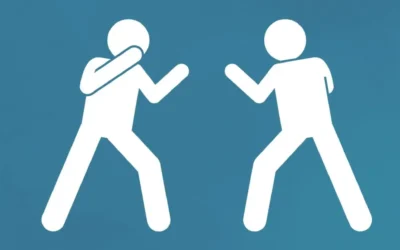




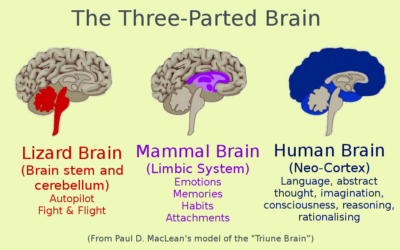
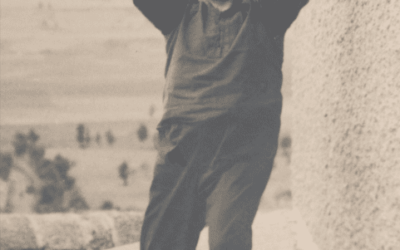
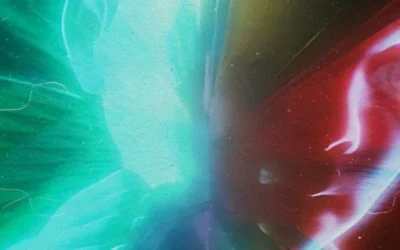


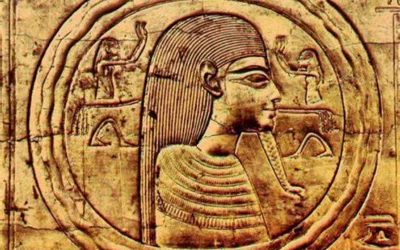

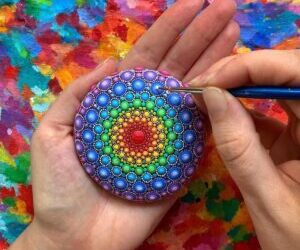





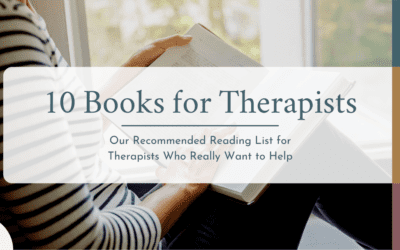
0 Comments